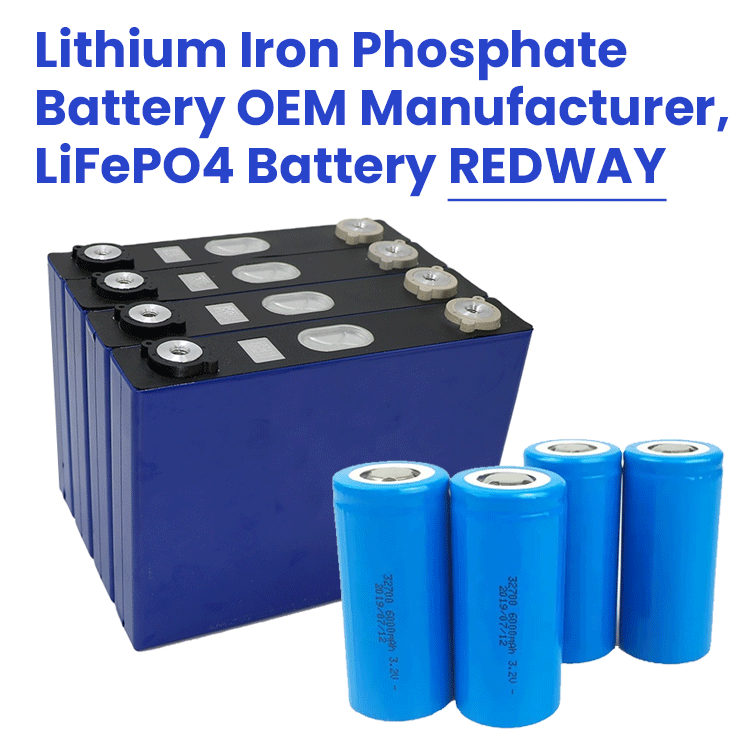Lithium iron phosphate (LiFePO4) batteries are gaining popularity in a wide array of applications, from electric vehicles to renewable energy storage systems. Their numerous benefits, including long cycle life, safety, and eco-friendliness, have made them a favorite among consumers and industries alike. However, temperature plays a crucial role in the performance and lifespan of these batteries. Let’s delve into the impact of temperature on LiFePO4 batteries, specifically focusing on the minimum operating temperature.

#post_seo_title
1. The Chemistry of LiFePO4 Batteries
LiFePO4 batteries belong to the family of lithium-ion batteries, where lithium ions move between the cathode and anode during charging and discharging. In LiFePO4 batteries, the cathode material is lithium iron phosphate, offering superior thermal stability and safety compared to other lithium-ion chemistries.
2. How Temperature Affects LiFePO4 Batteries
Temperature can significantly influence the performance and longevity of LiFePO4 batteries. While they are known for their resilience in high temperatures, low temperatures can pose challenges. At low temperatures, the electrolyte’s viscosity increases, leading to higher internal resistance and reduced ion mobility. This situation can result in decreased capacity, slower charging, and reduced discharge rates.
3. Minimum Operating Temperature
The minimum operating temperature for LiFePO4 batteries typically falls within the range of -20°C to 0°C (-4°F to 32°F), depending on the specific battery design and manufacturer. Below this temperature, the performance may drop substantially, and the risk of damaging the battery increases.
4. Challenges at Low Temperatures
- Reduced Capacity: At low temperatures, the available capacity of the battery decreases. This reduced capacity means the battery may not provide the required energy for the entire intended application duration.
- Slower Charging Rates: Low temperatures can slow down the charging process, leading to extended charging times and less efficient energy storage.
- Risk of Lithium Plating: Charging at low temperatures may result in lithium plating, a phenomenon where lithium deposits form on the anode. This occurrence can degrade the battery’s performance and safety.
5. Tips for Operating LiFePO4 Batteries in Cold Conditions
- Gradual Charging: Avoid fast charging at low temperatures. Gradual charging reduces the risk of lithium plating and extends battery life.
- Preheating: Some batteries come equipped with internal heating systems that can preheat the battery before use. If your battery lacks this feature, consider manually preheating it or storing it in a warmer environment before use.
- Insulation: Insulating the battery can help retain heat and reduce the impact of cold temperatures. However, ensure proper ventilation to prevent overheating during operation.
- Regular Monitoring: Regularly monitor the battery’s voltage, current, and temperature during operation, especially in cold conditions. This vigilance can help detect any abnormal behavior and prevent potential issues.
6. Battery Management Systems (BMS)
A Battery Management System (BMS) is crucial for optimizing the performance and safety of LiFePO4 batteries, especially in challenging temperature conditions. BMS monitors and regulates various battery parameters, including temperature, to ensure efficient and safe operation.
7. Conclusion
LiFePO4 batteries are a robust and reliable energy storage solution, but low temperatures can affect their performance. By understanding the minimum operating temperature and following the appropriate guidelines, you can optimize their performance and lifespan in cold conditions. Whether you are using them for renewable energy storage, electric vehicles, or other applications, proper temperature management is key to unlocking the full potential of your LiFePO4 batteries.


